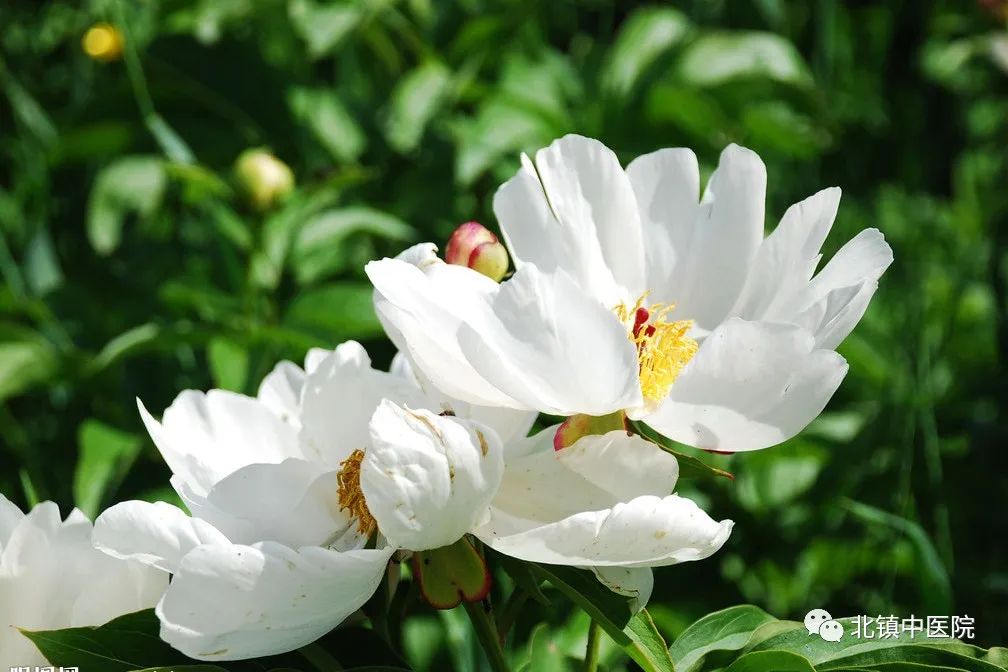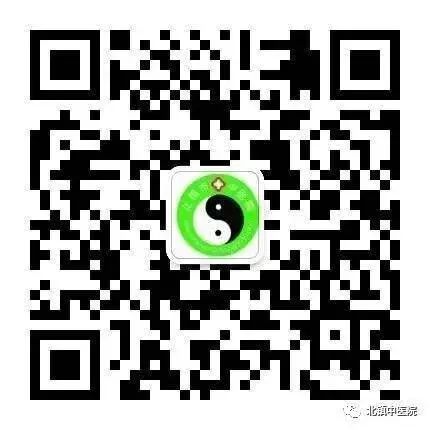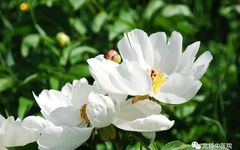Bai Shao (White Peony)
Cynanchum otophyllum
01
Source
This product is the dried root of the plant Peony (Paeonia lactiflora Pall.) from the family Ranunculaceae.
02
Alias
Jin Bai Shao (Golden White Peony), Bai Shao Yao (White Peony).
03
Habitat and Growth Environment
Distributed in Zhejiang, Anhui, Sichuan, and other regions.
Grows in shrub thickets on hillsides, valleys, or plateaus.
04
Harvesting and Processing
Harvest the roots of Peony that have been planted for 4-5 years in summer or autumn. Remove the rhizomes and fibrous roots, wash them, scrape off the rough skin, and briefly boil in boiling water to soften the roots, then dry them in the sun.

05
Identification of Characteristics
Cylindrical, uniform in thickness, mostly straight. Length 5-20 cm, diameter 1-2.5 cm. Surface brown or light brown, with brownish spots where the outer skin is not completely removed, relatively rough, with obvious longitudinal wrinkles and fine root marks, occasionally with transverse pores. Firm and heavy, not easily broken, the cut surface is grayish-white or slightly brown, horn-like, with radial wood tissue. Odorless, with a slightly bitter and sour taste.
06
Nature and Taste
Nature is slightly cold, taste is bitter and sour. It enters the Liver (Gan) and Spleen (Pi) meridians.
07
Functions
Soothes the liver and alleviates pain, nourishes blood and regulates menstruation, astringes yin and stops sweating.
08
Indications
Used for treating headaches, dizziness, chest and flank pain, dysentery, abdominal pain, spontaneous sweating, night sweats, yin deficiency heat, irregular menstruation, metrorrhagia, and leukorrhea.

09
Pharmacological Research
Studies using HPLC indicate that the glycoside content of the peony root decreases slightly after peeling and boiling, but harmful components like benzoic acid are significantly reduced. It has pharmacological effects such as antispasmodic, analgesic, anti-inflammatory, and anti-myocardial ischemia. Bai Shao is widely used, and some scholars believe many of its effects are similar to those of “Ren Shen (Ginseng).” The wild and cultivated varieties have similar effects. It has a central inhibitory effect, can reduce fever and induce sedation; it has antispasmodic, anti-inflammatory, anti-ulcer, enhances cellular and humoral immunity, dilates blood vessels, increases blood flow, improves hypoxia tolerance, lowers blood pressure, inhibits platelet aggregation, has antibacterial properties, protects the liver, has anti-mutagenic and anti-tumor effects, inhibits mast cell histamine release, and causes depolarization at nerve junctions; it is toxic.
10
Chemical Composition
This product contains paeoniflorin, hydroxypaeoniflorin, benzoylpaeoniflorin, paeonol glycoside, oxidized paeoniflorin, white peony glycoside, ivy saponin aglycone, paeoniflorin ketone, gallic acid paeoniflorin, kaempferol-3,7-di-O-β-D-glucoside, carotenoid glycoside, β-sitosterol, and paeonolactone, with volatile oils mainly containing benzoic acid and peonol.
11
Contraindications
Should not be used with Li Lu (Veratrum) and is not suitable for use alone in cases of deficiency-cold syndrome.
Editor: Science and Education Department



